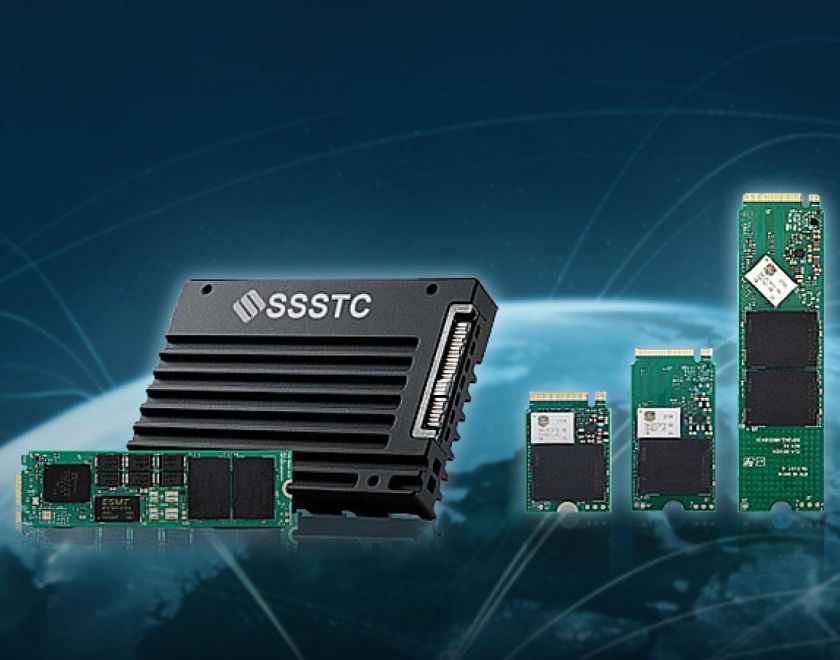
MFP
An MFP, also known as the Multi-Function Peripheral, the Multi-Function Device, or the MFP Digital, is an OA (Office Automation) equipment integrated with the functions of printers, photocopiers, fax machines, scanners, and so on. Unlike printers or photocopiers, MFPs offer the all-around advantages of faster speed, high durability, stable quality, floor-area-saving, and relatively low printing cost per sheet. Hence, they become the must-have office equipment for corporations, and in the cases of office rental packages, it also comes with warranty services offering professional maintenance.
Enterprise MFPs have long become networking equipment with built-in processor, memory, hard disk, firmware, and networking function facilitating connections to the file and mail servers. Modern MFPs with wireless, advanced networking, and cloud features to support complex enterprise workflows are fairly common. There are also features such as USB/SD card slot, ADF, duplex printing/scanning, paperless fax, cloud printing, Wi-Fi Direct/Bluetooth/NFC mobile printing, etc. So apart from the basic four-in-one MFPs, there are also six-in-one, eight-in-one, and ten-in-one MFPs available on the market.
The user interface of the enterprise and large business MFPs consist of physical keys complemented by a touch screen, while the small and medium-sized business MFPs feature only physical keys with a small LCD text display screen. Recently some manufacturers have embedded Tablet PCs into MFPs for a more intuitive operation. While embedding a Tablet equates to embedding an operation system, it enables the diversification of the MFPs by offering document preview and editing functions such as zoom-in, logo editing, watermark, the masking of confidential information, etc.
With the computing and networking features, MFPs have become closely integrated with enterprise workflow management systems. Should MFPs be further integrated with databases and platforms such as enterprise ERP, CRM, and BI systems, digital documents can then be automatically sorted and delivered to the corresponding terminals or systems through barcode and OCR mechanism, as the core of modern enterprise workflow.
MFP with Private Cloud
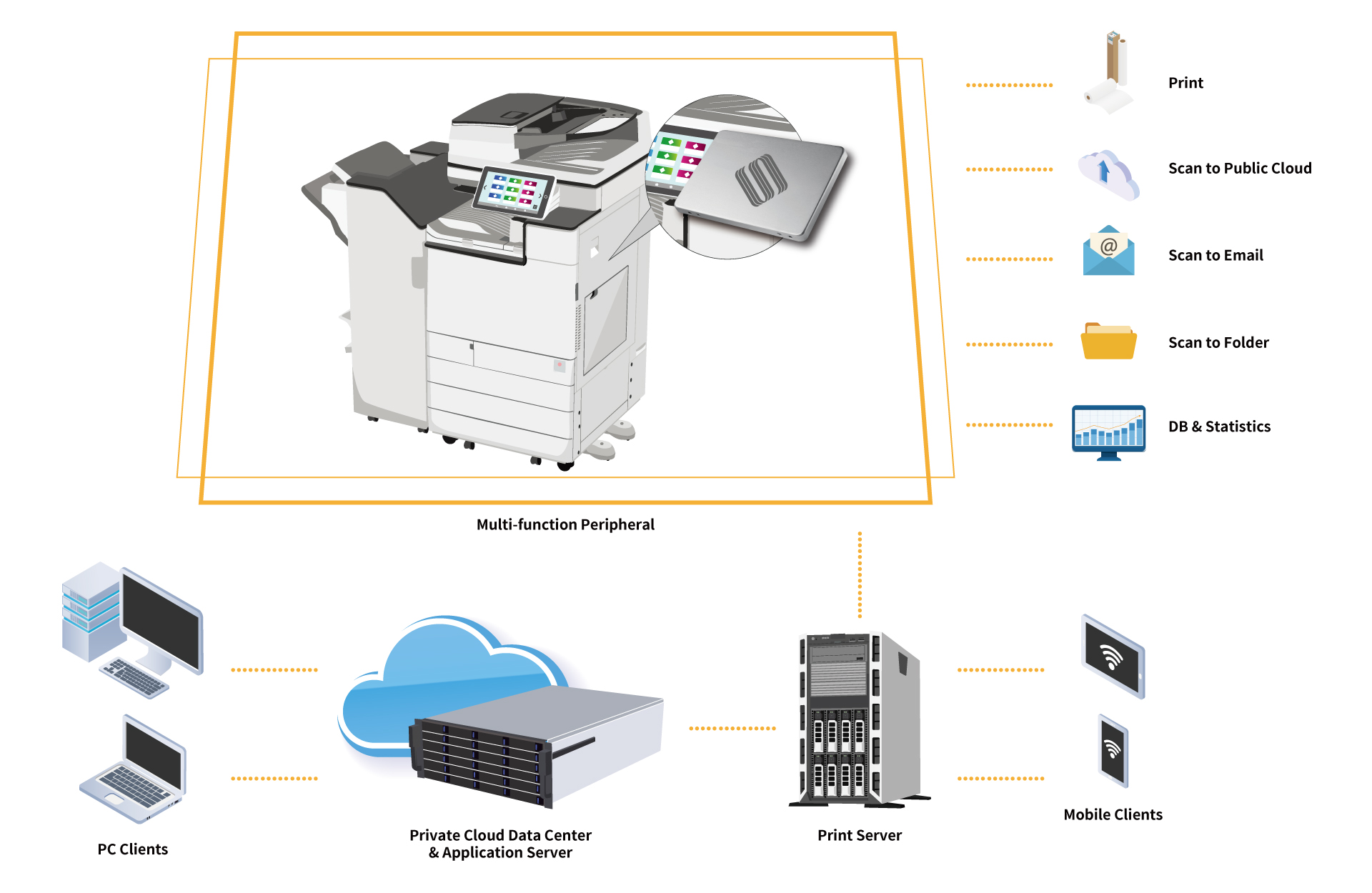
As MFPs possess more powerful processing capacity and programmable space, MFP manufacturers have introduced hardware and software applications that are in sync with enterprise digitalization. Since a large number of digital files call for larger storage capacity and storage solutions with more effective read/write speed. Whether it be the storage devices deployed in MFPs, or enterprise print and file servers, the large storage capacity and high read/write speed SSDs produced by Solid State Storage Technology Corporation can improve the file accessing efficiency and storage performance of MFPs.
MFPs with large-size SSDs enable more convenient and safer data access, which incites higher productivity from employees. In the instances of the storing frequently used files, users need not to travel back and forth from their PCs and the MFPs when printing; for setting task procedures, bulk-printing of documents can be set for after-hours to avoid blocked printer access for others; for the temporary storage of printing files, once the printing is activated from the PC ends, the document can only be printed and retrieved by entering passwords or authorization verification for secured access to the printed copies.
With the readily available network access to the enterprise MFPs on the rise, the risk of data leak and theft has become increasingly relevant, but MFPs have been the most overlooked aspect of data security coverage. However, recently the MFP manufacturers have continuously elevated the relevant data security for their MFP products. The SSDs produced by Solid State Storage Technology Corporation place a premium on security, stability, and reliability with sophisticated AES 256 encryption technology to offer trustworthy storage devices for MFPs.
Successful Case
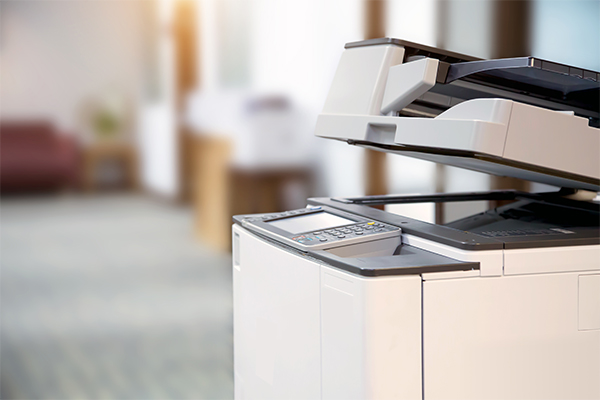
A world-renowned global leading manufacturer in multifunction product industry introduced SATA 2.5” SSDs and PCIe® NVMeTM M.2 2280 SSD produced by Solid State Storage Technology Corporation in its commercial MFP products for temporary storage space while increasing storage access and performance.
SSD Model: CV8 / CVB / CL1 Series SSD
SATA SSD
40GB / 80GB / 160GB / 256GB / 320GB / 640GB
NAND Flash: 3D pSLC(TLC)
Interface: SATA 3 (6Gb/s)
Sequential Read: UP to 550 MB/s
Sequential Write: UP to 510 MB/s
SATA SSD
120GB / 128GB / 256GB / 480GB / 512GB / 960GB / 1024GB / 2048GB
NAND Flash: 3D TLC NAND Flash
Interface: SATA 3 (6Gb/s)
Sequential Read: UP to 550 MB/s
Sequential Write: UP to 510 MB/s
NVMe™ SSD
80GB / 160GB / 320GB
NAND Flash: 3D pSLC(TLC)
Interface: PCIe® Gen4 x4
Sequential Read: UP to 3700 MB/s
Sequential Write: UP to 2600 MB/s
NVMe™ SSD
40GB / 80GB / 160GB / 320GB / 640GB /1280GB
NAND Flash: 3D TLC NAND Flash
Interface: PCIe® Gen3 x4
Sequential Read: 3,100 MB/s
Sequential Write: 1,500 MB/s
NVMe™ SSD
40GB / 80GB / 160GB / 320GB / 640GB /1280GB
NAND Flash: 3D TLC NAND Flash
Interface: PCIe® Gen3 x4
Sequential Read: 3,100 MB/s
Sequential Write: 1,500 MB/s
NVMe™ SSD
80GB / 160GB / 320GB
NAND Flash: 3D TLC NAND Flash
Interface: PCIe® Gen4 x4
Sequential Read: UP to 3,500 MB/s
Sequential Write: UP to 2,100 MB/s
NVMe™ SSD
128GB / 256GB / 512GB / 1024GB / 2048GB /4096GB
NAND Flash: 3D TLC NAND Flash
Interface: PCIe® Gen3 x4
Sequential Read: 3,100 MB/s
Sequential Write: 1,500 MB/s
NVMe™ SSD
128GB / 256GB / 512GB / 1024GB / 2048GB /4096GB
NAND Flash: 3D TLC NAND Flash
Interface: PCIe® Gen3 x4
Sequential Read: 3,100 MB/s
Sequential Write: 1,500 MB/s
NVMe™ SSD
256GB / 512GB / 1024GB / 2048GB
NAND Flash: 3D TLC NAND Flash
Interface: PCIe® Gen4 x4
Sequential Read: UP to 6,800 MB/s
Sequential Write: UP to 4,800 MB/s
NVMe™ SSD
240GB / 256GB /480GB/ 512GB / 960GB/ 1024GB
NAND Flash: 3D TLC NAND Flash
Interface: PCIe® Gen4 x4
Sequential Read: UP to 3,700 MB/s
Sequential Write: UP to 2,600 MB/s
NVMe™ SSD
256GB / 512GB / 1024GB
NAND Flash: 3D TLC NAND Flash
Interface: PCIe® Gen4 x4
Sequential Read: UP to 3,700 MB/s
Sequential Write: UP to 2,600 MB/s
NVMe™ SSD
128GB / 256GB / 512GB
NAND Flash: 3D TLC NAND Flash
Interface: PCIe® Gen3 x4
Sequential Read: UP to 2,000 MB/s
Sequential Write: UP to 1,100 MB/s
NVMe™ SSD
128GB / 256GB / 512GB/ 1024GB
NAND Flash: 3D TLC NAND Flash
Interface: PCIe® Gen3 x4
Sequential Read: UP to 2,000 MB/s
Sequential Write: UP to 1,100 MB/s
NVMe™ SSD
128GB / 256GB / 512GB
NAND Flash: 3D TLC NAND Flash
Interface: PCIe® Gen3 x4
Sequential Read: UP to 3,700 MB/s
Sequential Write: UP to 2,600 MB/s
SATA SSD
128GB / 256GB / 512GB / 1024GB
NAND Flash: 3D TLC NAND Flash
Interface: SATA 3 (6Gb/s)
Sequential Read: UP to 550 MB/s
Sequential Write: UP to 510 MB/s
SATA SSD
128GB / 256GB / 512GB
NAND Flash: 3D TLC NAND flash
Interface: SATA 3 (6Gb/s)
Sequential Read: UP to 550 MB/s
Sequential Write: UP to 450 MB/s
SATA SSD
128GB / 256GB / 512GB
NAND Flash: 3D TLC NAND Flash
Interface: SATA 3 (6Gb/s)
Sequential Read: UP to 550 MB/s
Sequential Write: UP to 450 MB/s
NVMe™ SSD
128GB / 256GB / 512GB
NAND Flash: 3D TLC NAND Flash
Interface: PCIe® Gen3 x4
Sequential Read: UP to 2,000 MB/s
Sequential Write: UP to 1,100 MB/s
SATA
128GB / 256GB / 512GB / 1024GB
NAND Flash: 3D TLC NAND Flash
Interface: SATA 3 (6Gb/s)
Sequential Read: UP to 550 MB/s
Sequential Write: UP to 510 MB/s
SATA SSD
128GB / 256GB / 512GB / 1024GB / 2048GB
NAND Flash: 3D TLC NAND Flash
Interface: SATA 3 (6Gb/s)
Sequential Read: UP to 550 MB/s
Sequential Write: UP to 510 MB/s
SATA SSD
128G / 256GB / 512GB / 1024GB / 2048GB
NAND Flash: 3D TLC NAND Flash
Interface: SATA 3 (6Gb/s)
Sequential Read: UP to 550 MB/s
Sequential Write: UP to 510 MB/s







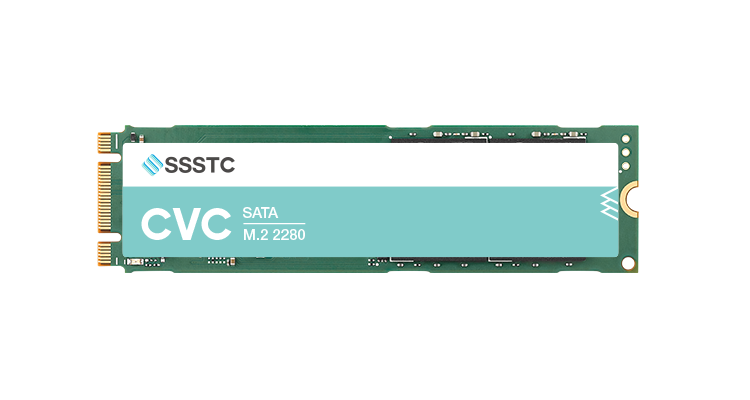
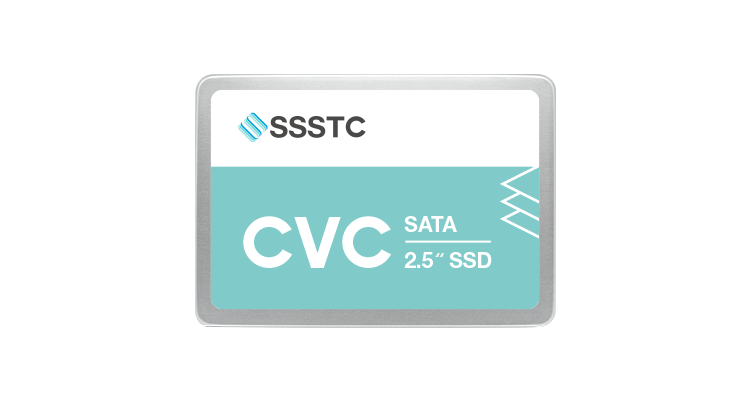
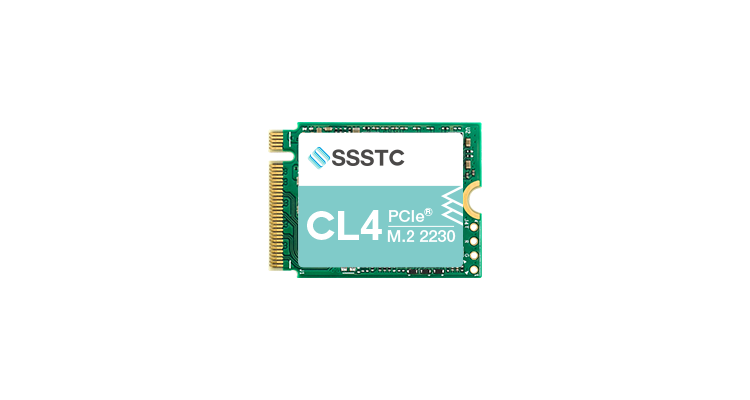
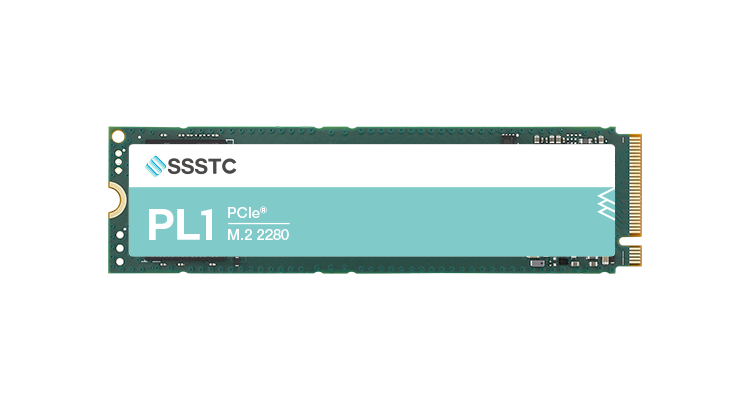
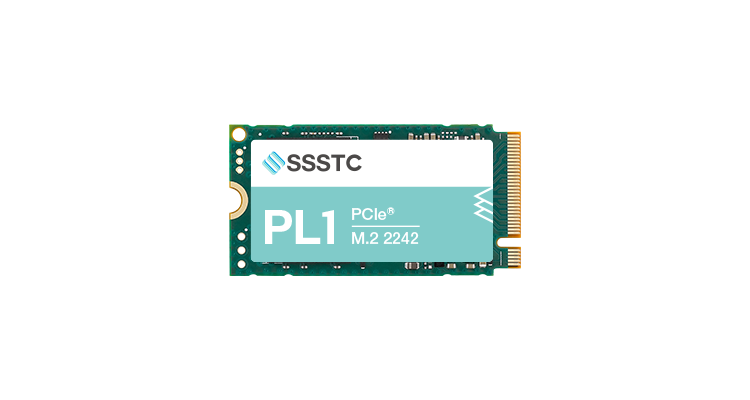
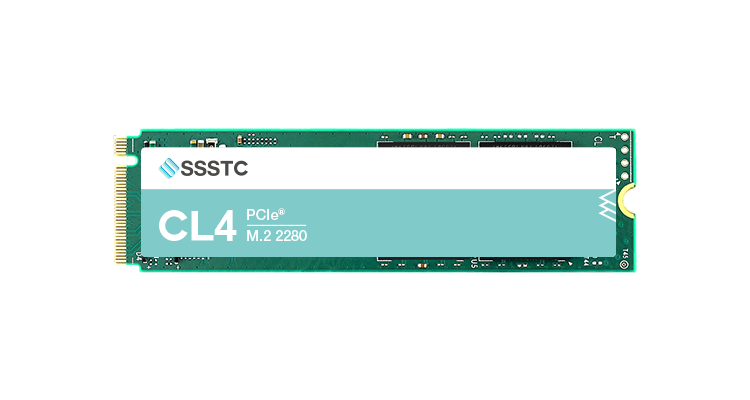
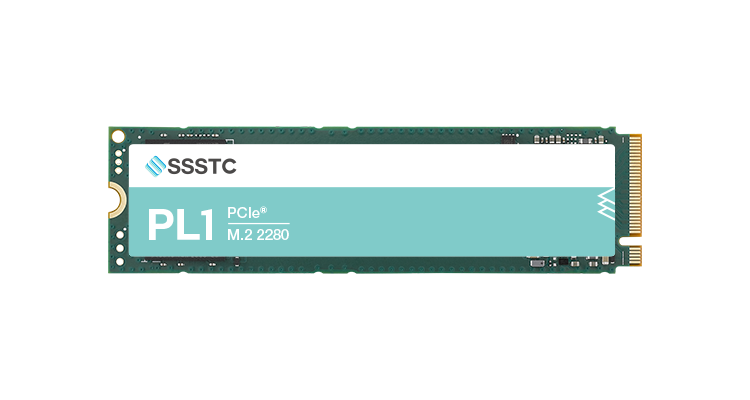
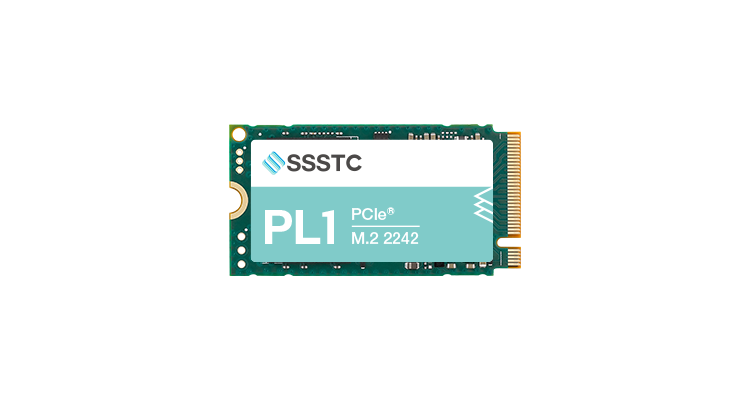
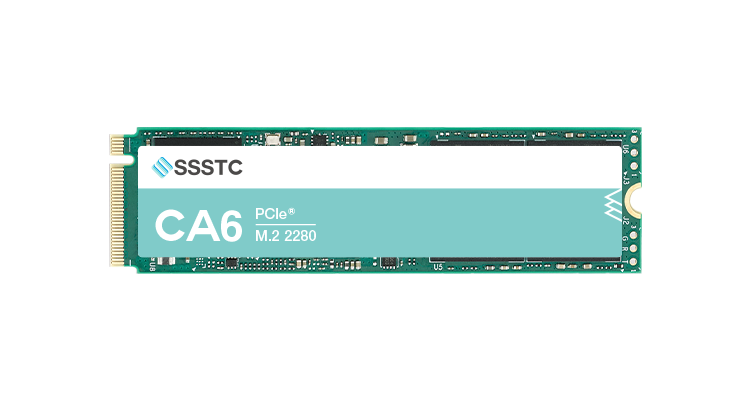
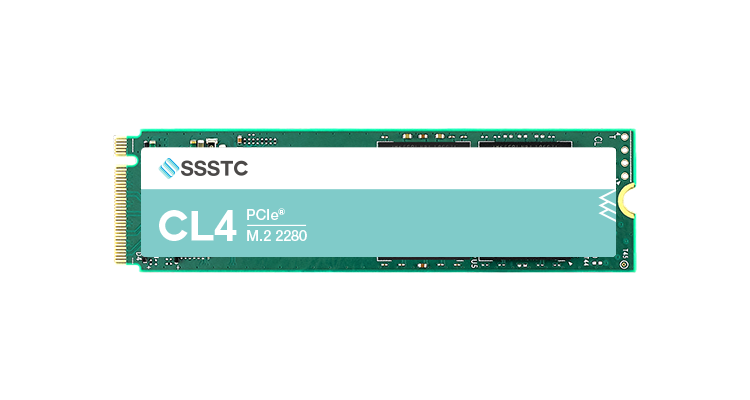
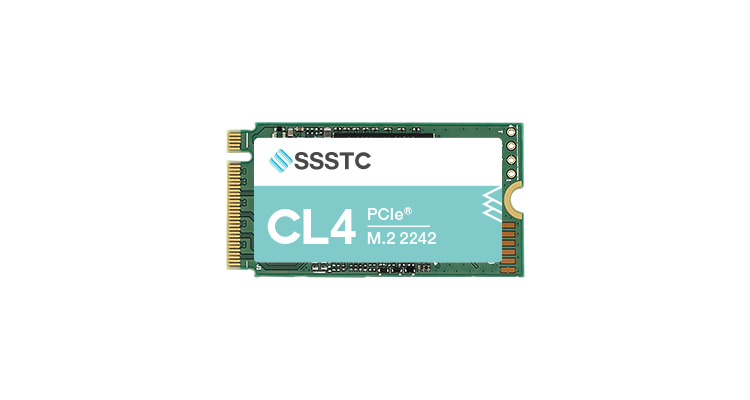
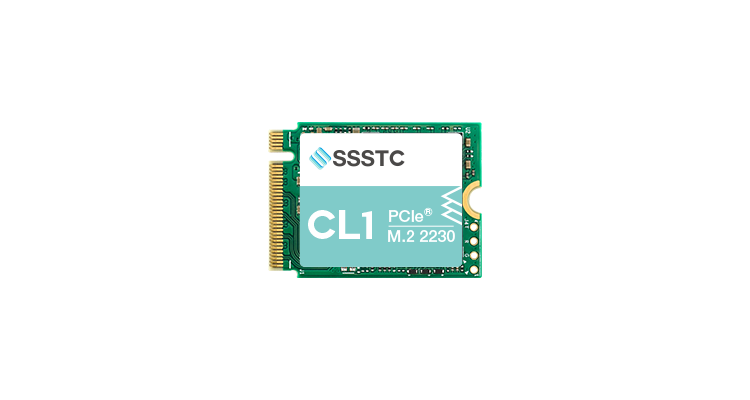
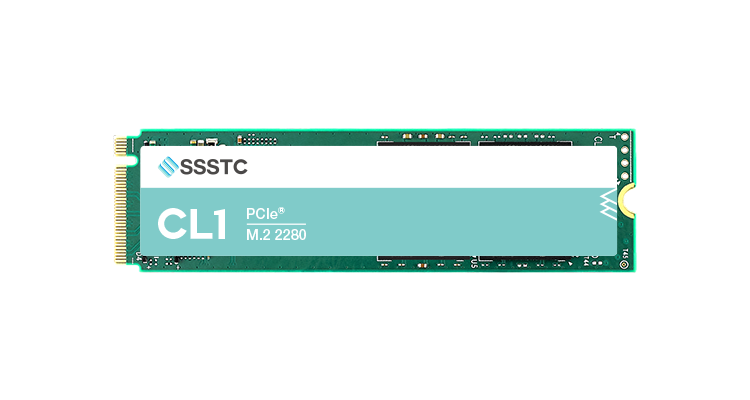
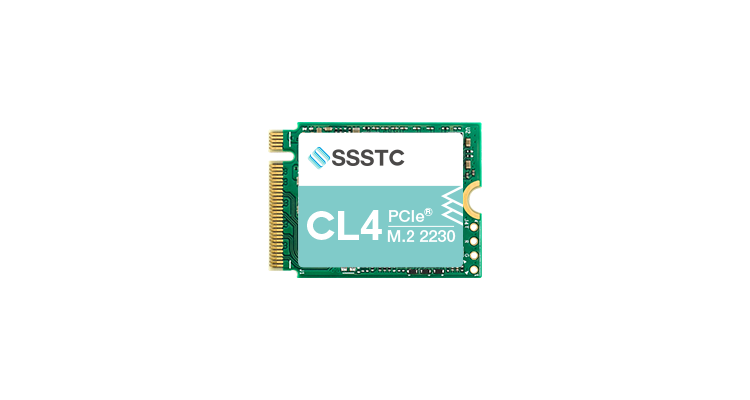
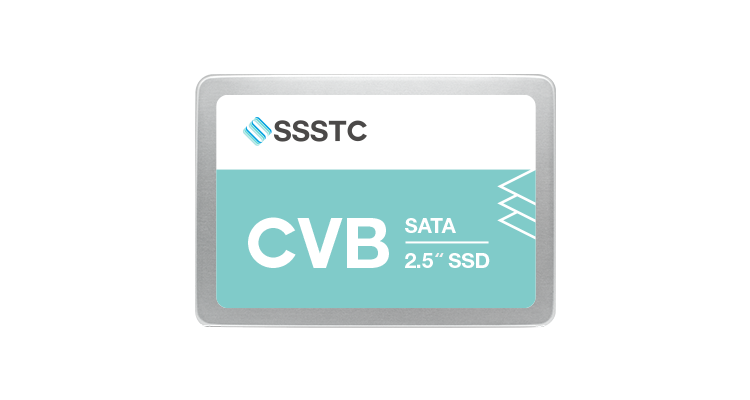
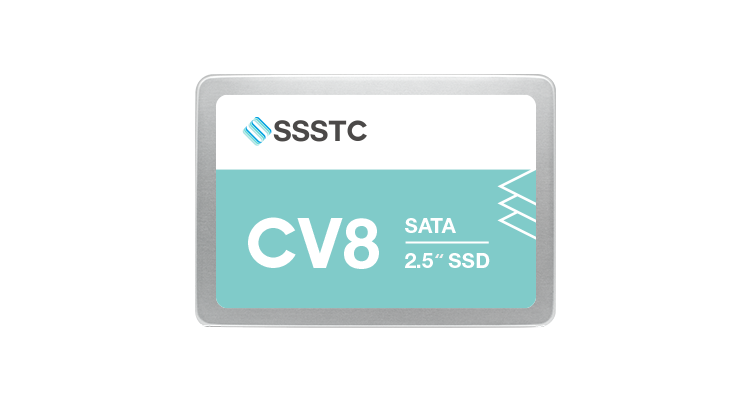
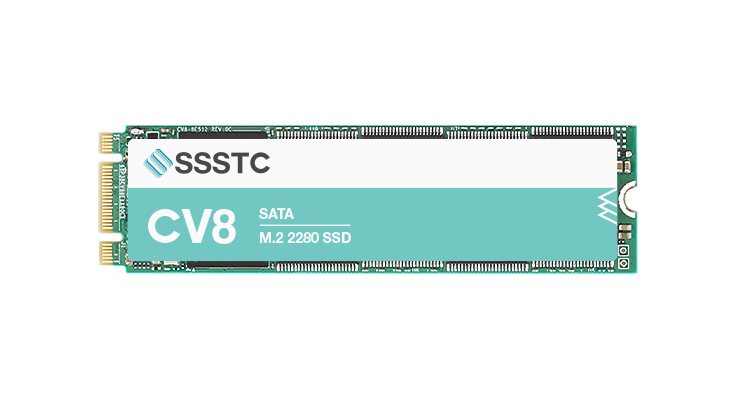
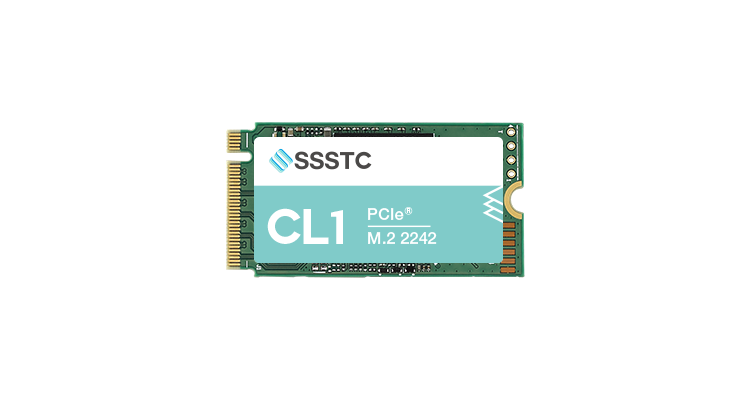
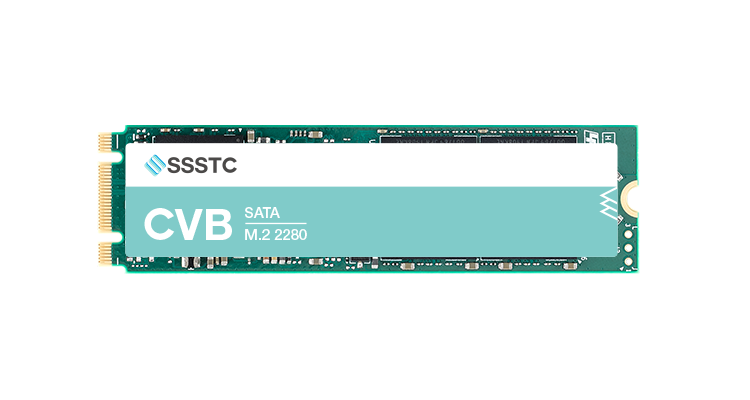
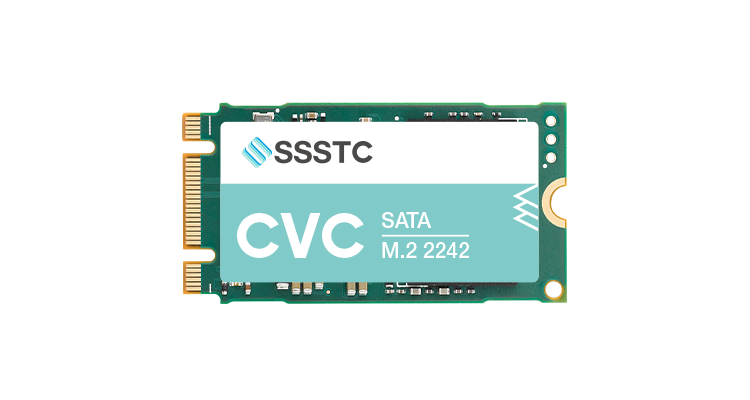
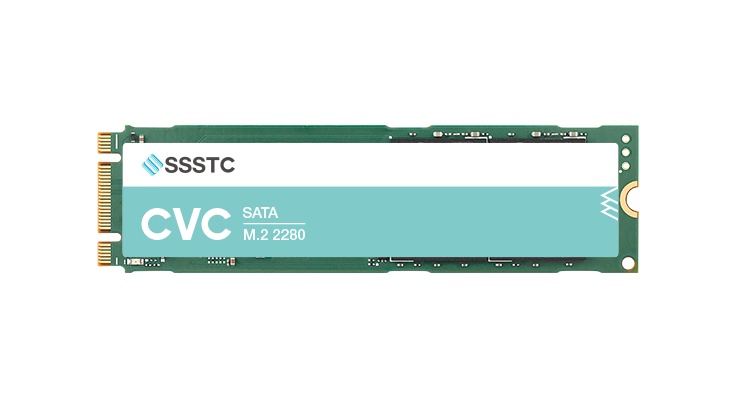
__24C15hqqtC.png)
__24C15wOdCC.png)









__24C05XQ2my.jpg)



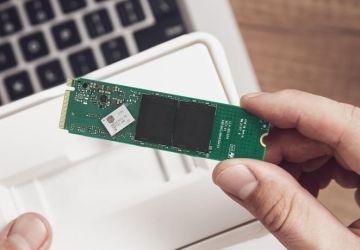



__24C05fplcZ.png)
__24C05vgHYC.png)
